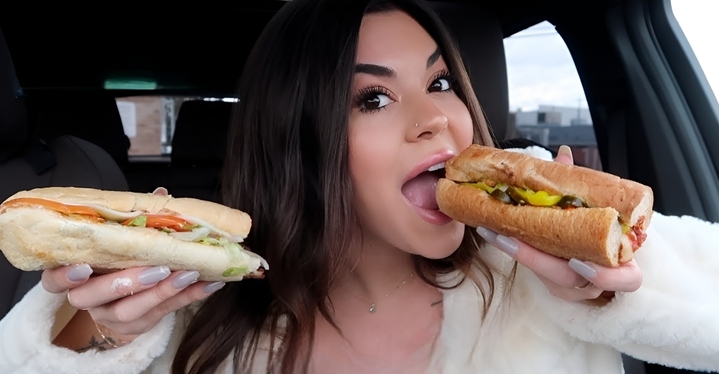
A major American sandwich chain is shrinking rapidly — and many people don’t even realize it. Over 600 locations have closed nationwide, yet the closures have happened with barely a headline. Stores are disappearing from malls, neighborhoods, and busy streets. But this isn’t a case of a few underperforming shops — it’s a sign of something deeper. Years of internal tension, public backlash, and franchisee struggles have brought the brand to a tipping point. What was once a lunchtime staple is now silently fading from the national landscape.
From Coast to Coast, Doors Are Closing
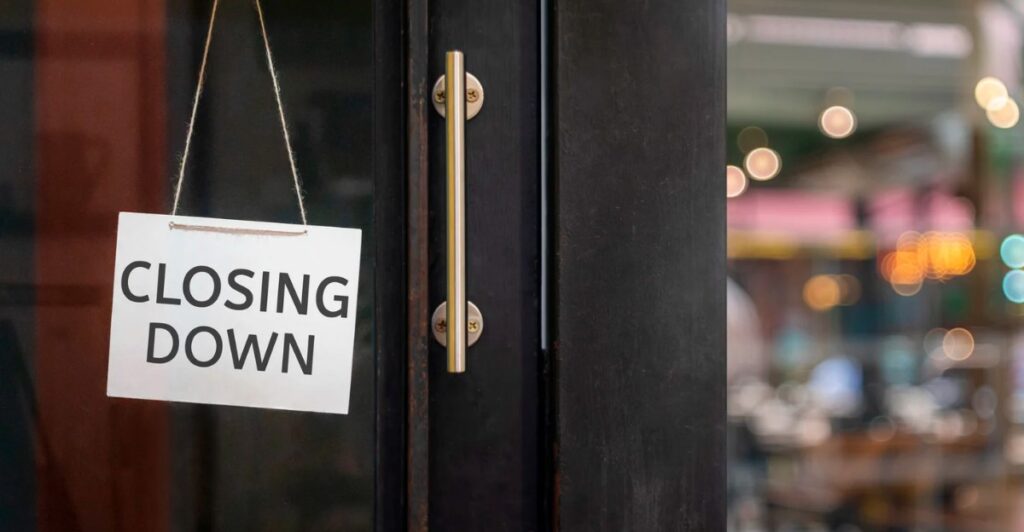
Closures aren’t isolated to one region. Restaurants have gone dark in California, New York, Florida, Texas, and dozens of states in between. Entire neighborhoods are losing multiple locations. Many customers are shocked to return to find shuttered doors and vacant storefronts.
The company’s presence is shrinking in both major metro areas and small towns alike — signaling a retreat on a national scale, not just a strategic pivot. This isn’t a temporary dip — it’s a long-term unraveling.
Once a Ubiquitous Lunch Stop
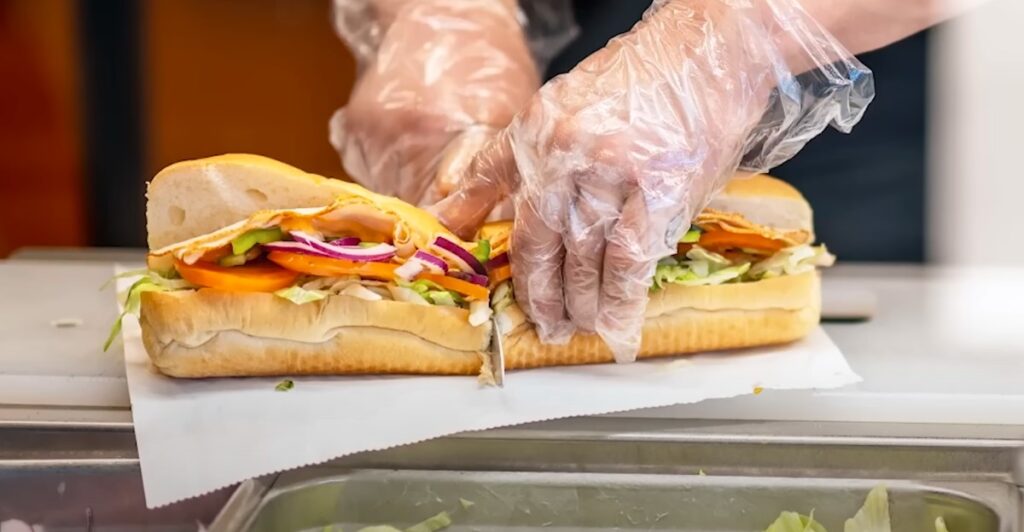
Not long ago, this brand was more common than McDonald’s. From college campuses and gas stations to airport terminals and food courts, its yellow and green signage was a fixture.
Built on a promise of healthy, fast, and affordable meals, it became part of daily routines across America. The “build your own sub” concept felt fresh and empowering. For many, it wasn’t just food — it was a lifestyle. So how did it fall so far, so fast?
What Went Wrong?

Several forces combined to undermine the brand’s dominance. Yes, inflation and changing tastes played a role. But a more damaging issue was internal: the company expanded too aggressively, leading to oversaturation.
In many areas, stores opened just blocks apart, directly competing with each other. This undermined profits and overburdened franchisees. While the company grew in size, it weakened in stability — and when economic pressures hit, those cracks turned into collapse.
The Chain Behind the Closures? Subway
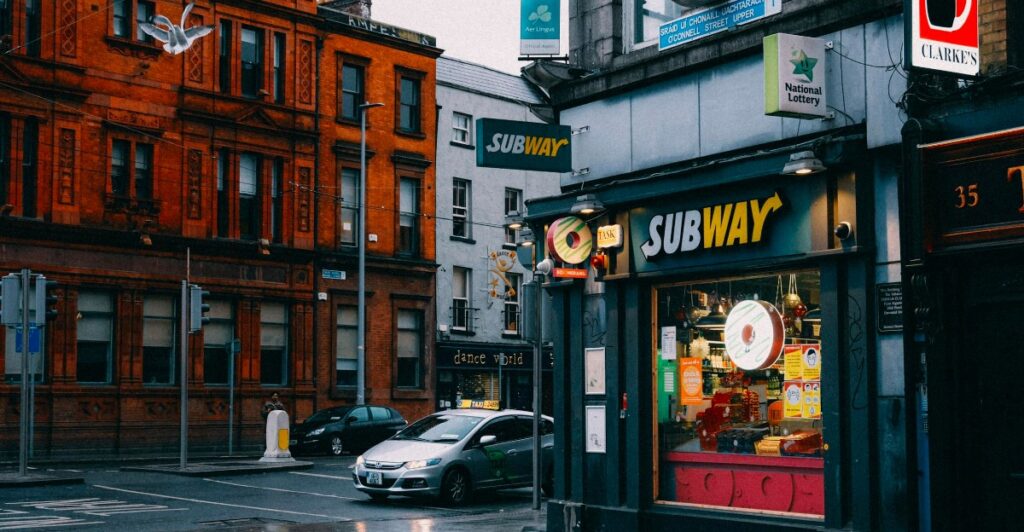
The struggling sandwich chain is Subway. Once the largest fast food brand by location count, it closed 631 U.S. stores in just one year — and industry analysts say more cuts are coming.
Subway’s reign as the sub shop king has ended, replaced by a scramble to stay afloat. With profits declining and stores vanishing across the country, the brand is no longer the lunch-hour titan it once was.
Where the Losses Hit Hardest

The closures hit hardest in California, with 99 locations shuttered. Texas, Florida, and Ohio followed closely behind. These are not fringe markets — they were once Subway strongholds.
The geographic pattern reveals a brand in retreat, even in regions where it once thrived. For customers in those areas, the sandwich giant’s disappearance isn’t just noticeable — it’s undeniable. And for remaining franchisees, survival is far from guaranteed.
Franchisees Caught in the Crossfire
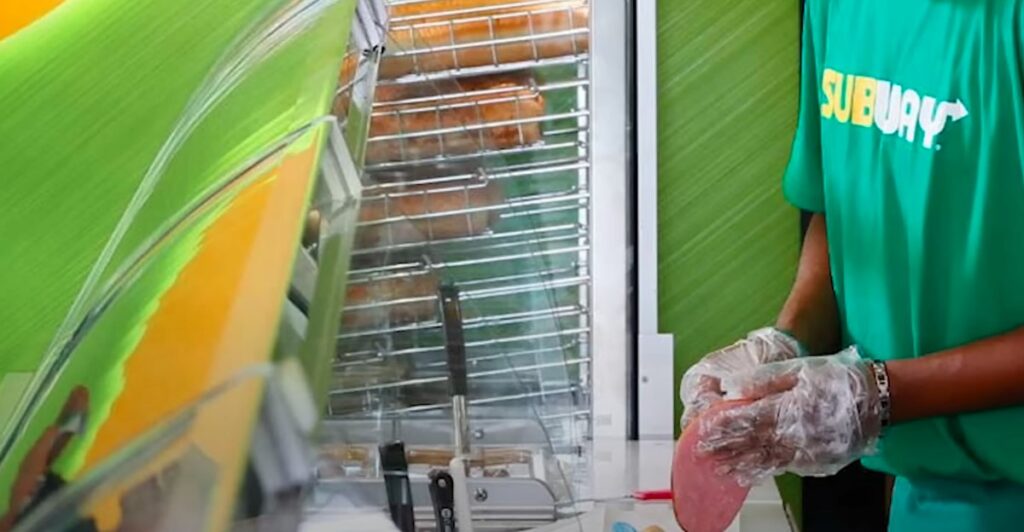
Subway’s growth relied heavily on franchisees — many of whom now feel abandoned. Oversaturated markets meant stores had to compete with each other for limited customers.
At the same time, franchisees faced rising costs, shrinking margins, and strict corporate demands. Many describe a “no-win” situation, where doing everything right still didn’t ensure profitability. As closures mount, their frustrations have become a central part of the company’s broader identity crisis.
Scandals Erode Public Trust
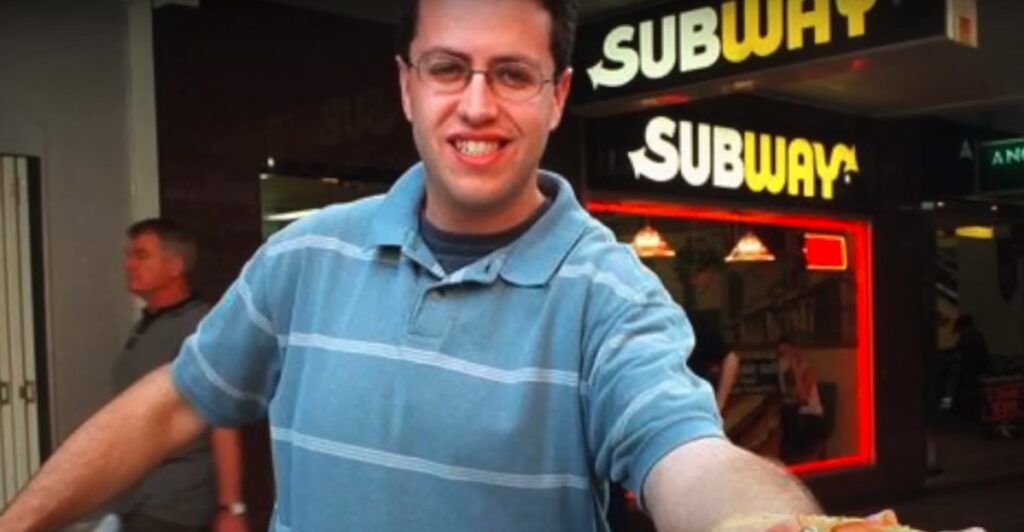
Subway’s public image has taken several hits in recent years. The Jared Fogle scandal deeply damaged its brand. Then came viral controversies — from “fake bread” lawsuits to questions about the authenticity of its tuna.
Each incident eroded trust, making customers skeptical of the quality and transparency Subway once championed. These stories went beyond bad PR — they changed how people felt about the brand. The damage wasn’t just reputational. It was emotional.
Leadership in Flux, Rivals on the Rise
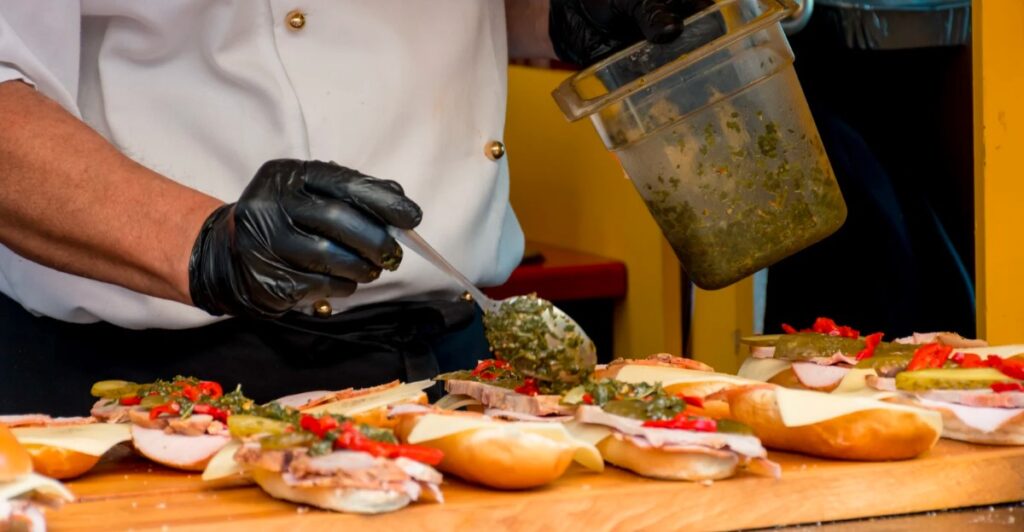
CEO John Chidsey will step down at the end of 2024, marking a turning point during an already turbulent era. Meanwhile, competitors like Jersey Mike’s, Firehouse Subs, and Jimmy John’s are gaining momentum with modern branding, fresher ingredients, and digital-first service.
Subway has responded with updates to its menu and store design — but whether that’s enough to stop the bleeding remains to be seen.
Can Subway Win Back America?

Subway’s comeback plan includes a new ownership group, revamped stores, updated ingredients, and tech investments. Executives hope these changes will help rebuild consumer trust and franchisee confidence.
But in a crowded market, with fresh alternatives on every corner and a complicated public legacy to overcome, the odds aren’t easy. Subway’s future isn’t just about sandwiches — it’s about whether an empire can rise again after a near fall.
The Subway Saturation Problem
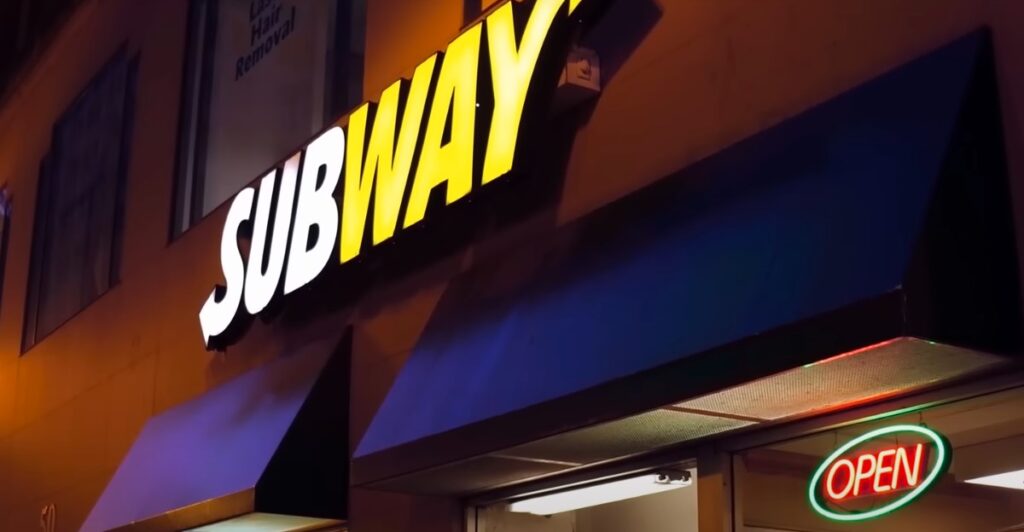
At the height of its expansion, Subway opened stores at an almost reckless pace — sometimes placing multiple franchises just blocks apart.
While the corporate footprint grew, individual operators were left to compete with each other, eating into their own profits. This over-saturation made Subway franchises less viable and turned the brand’s biggest growth strategy into one of its most damaging missteps.
Dreams Turned Into Debt
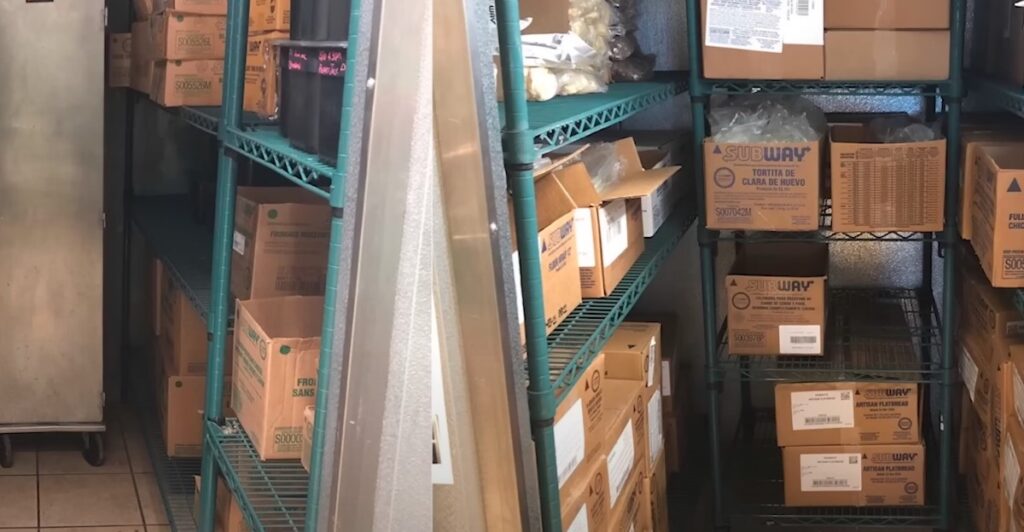
Many franchisees poured their life savings into opening a Subway — some even mortgaged their homes or drained retirement funds.
But the promise of steady income quickly unraveled. Oversaturation, rising food costs, and dwindling foot traffic made it hard to stay profitable. For some, it wasn’t just a failed business. It was a personal and financial collapse with no easy way out.
What Franchisees Are Still Fighting For
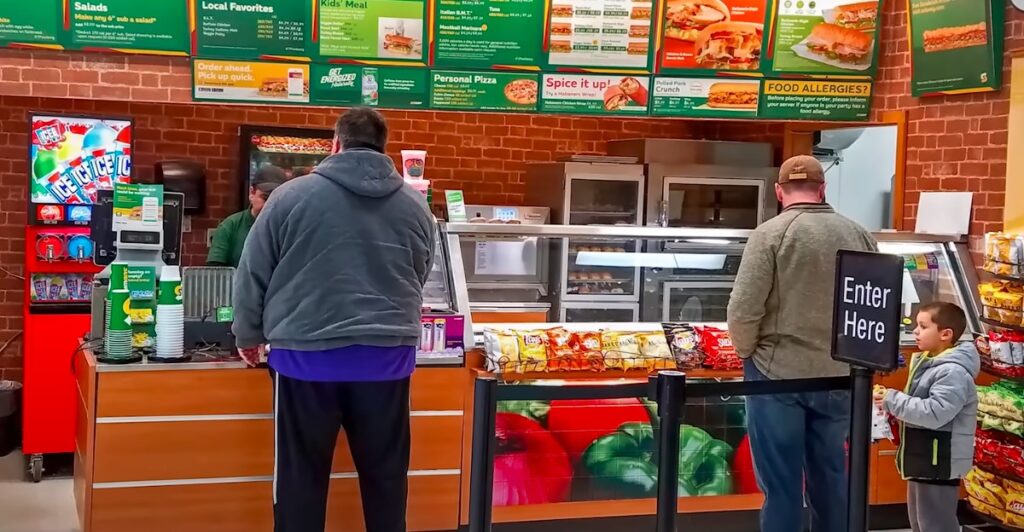
Despite closures, many Subway franchisees remain locked in demanding contracts. Some say the brand’s policies left them with no flexibility or recourse when business went south.
Now, operators are pushing for fairer terms, legal protections, and more support — arguing that the company’s expansion-first mindset came at their expense. The fight isn’t just about stores. It’s about survival and accountability.
Jersey Mike’s Secret Sauce
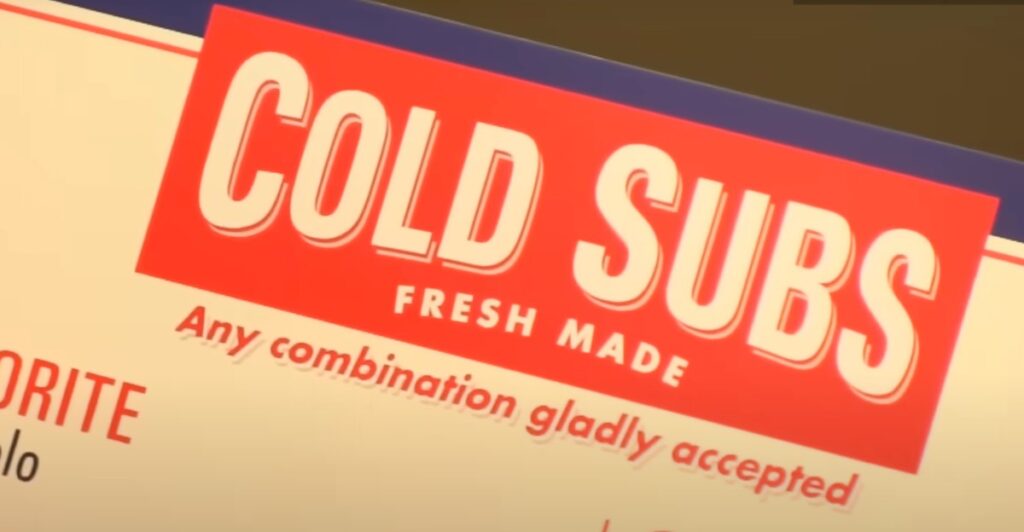
Jersey Mike’s took the classic sub shop formula and gave it a modern twist. Customers see fresh meats sliced on the spot, simple menus, and friendly staff.
The chain leans into community support and authenticity — everything Subway once promised but no longer delivers. It’s fast, but it feels real. And that subtle difference is pulling in more loyal, younger customers every year.
Firehouse Subs Wins Hearts (and Stomachs)
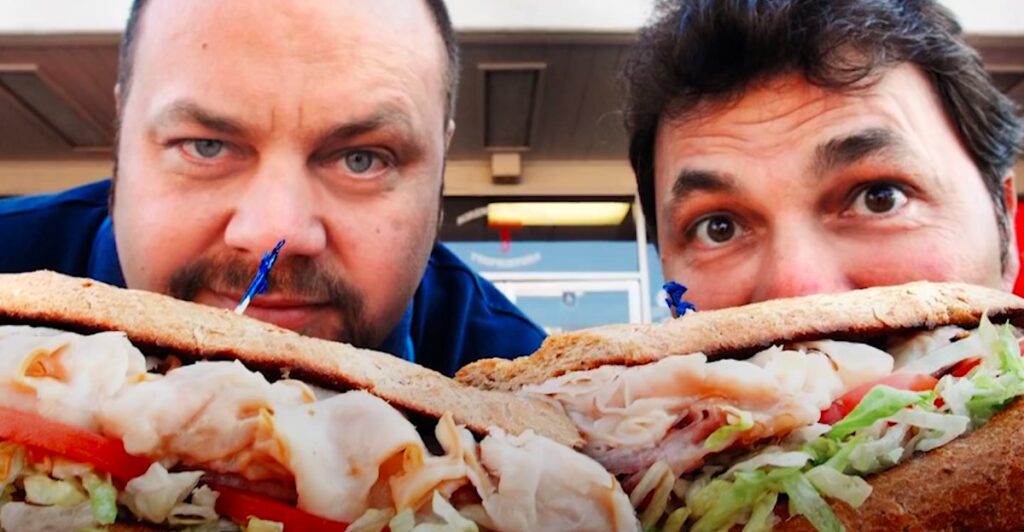
Founded by firemen, Firehouse Subs built a brand that feels personal. Bigger portions, hot subs, rich flavors — and a major focus on charitable giving.
They’ve carved out a loyal following by combining indulgence with purpose. While Subway trims its menu and loses identity, Firehouse is doubling down on what makes people feel good — both about their meal and their money.
The Rise of Fast Casual Sandwiches
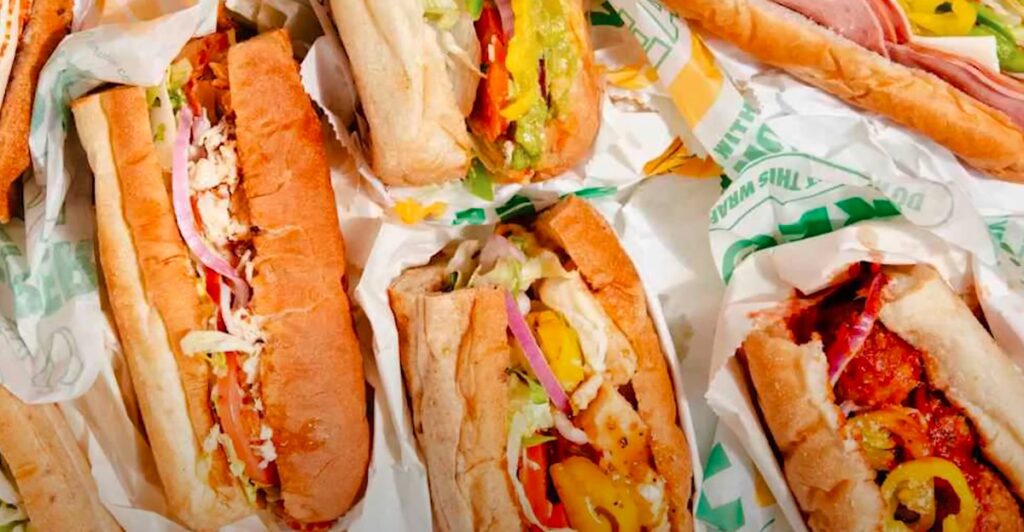
Subway used to define what a sandwich chain looked like — now it feels like a relic. Across the country, artisanal sandwich shops, panini bars, and locally inspired delis are booming.
They offer chef-curated flavors, craft ingredients, and modern design. Subway’s value-focused model hasn’t kept pace with this “fast casual” revolution, and many now see it as a fast food fossil.
The Jared Fallout Still Haunts Subway
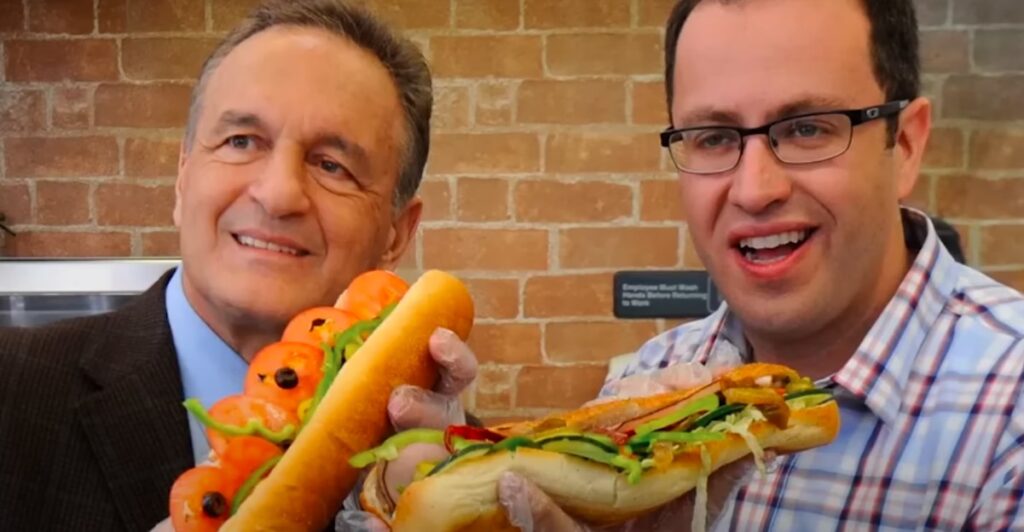
Jared Fogle became synonymous with Subway’s “eat fresh” image — until his crimes shocked the world. The fallout didn’t just erase a marketing icon. It stained the brand.
Subway spent years trying to distance itself, but for many consumers, the damage stuck. Even now, mention Jared and Subway in the same breath, and you’ll get a grim look. The association still lingers.
“Fake” Bread and Mystery Tuna
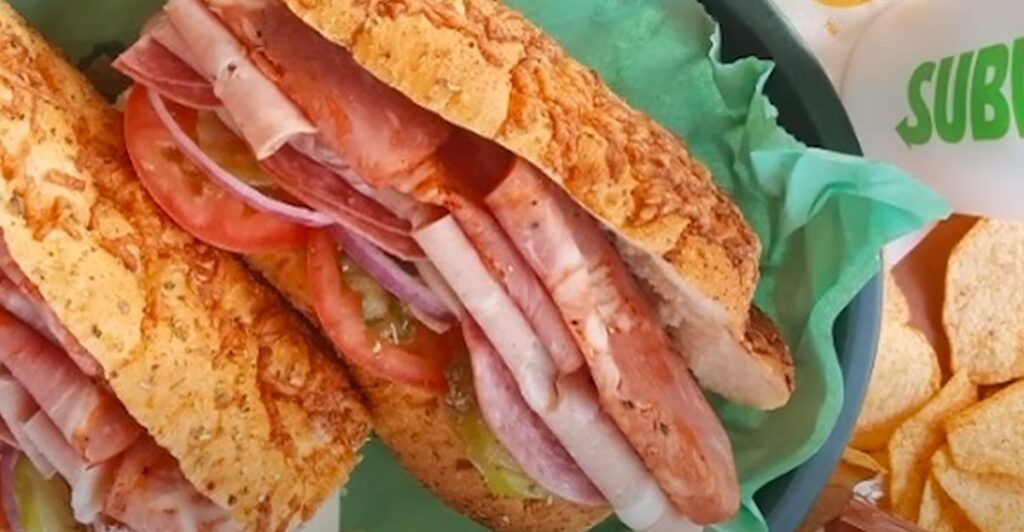
In recent years, Subway faced bizarre — and damaging — accusations. One report said its bread had more sugar than cake. Another claimed its tuna had no actual tuna.
While the company denied the allegations, the damage was already done. Customers questioned what they were really eating. And in a world that values transparency, Subway’s credibility took a massive hit.
New Ownership, Same Old Problems
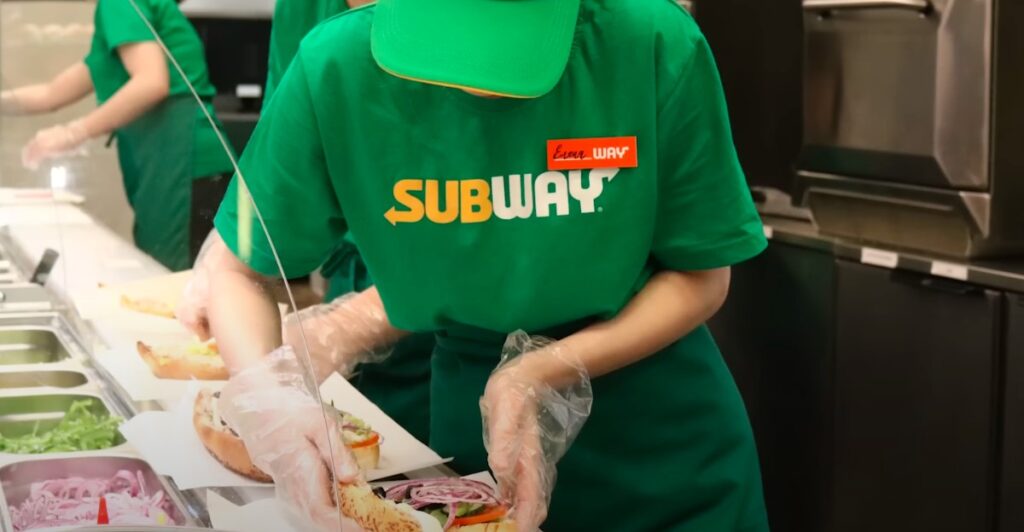
In 2023, Subway was acquired by Roark Capital — the same firm that owns Arby’s, Jimmy John’s, and Dunkin’. While new ownership often signals a fresh start, many are skeptical.
Will Subway get the attention and investment it needs, or be just another brand in a crowded portfolio? It’s a critical moment that could define whether it grows or gets gutted.
Is a Comeback Even Possible?
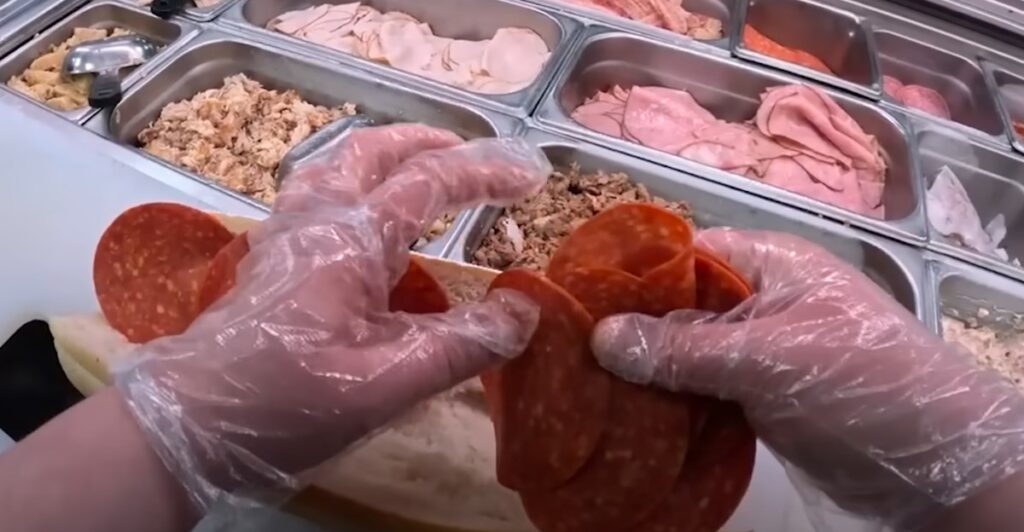
Subway is updating its menu, revamping stores, and testing new tech. But revitalizing a brand that feels outdated — and slightly toxic — is no small task.
Can fresh ingredients and mobile apps undo years of trust erosion and mismanagement? That’s the billion-dollar question. A turnaround isn’t impossible… but it will take more than new bread to win America back.
